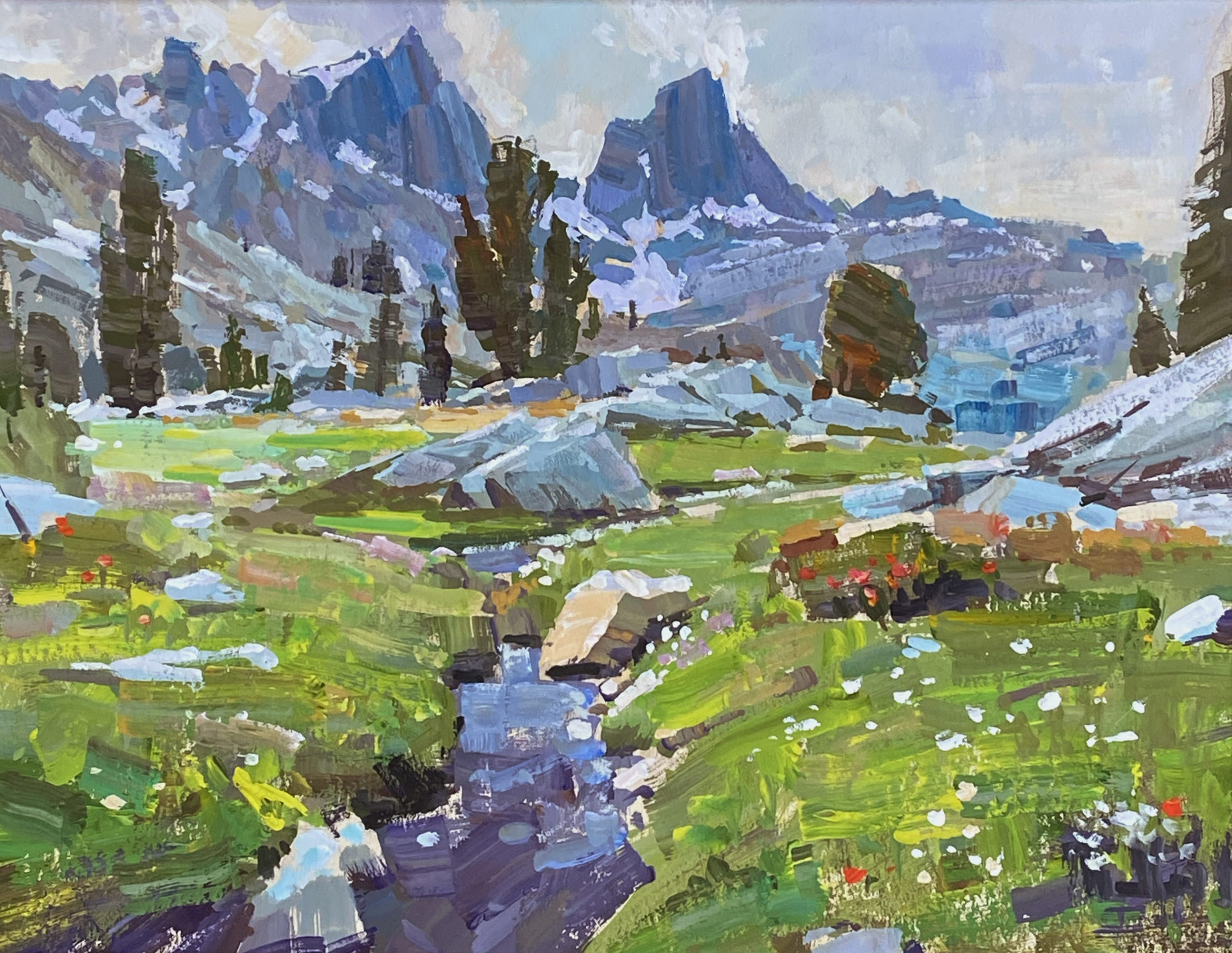Unlocking the World of Vibrant Colors: The Chemistry of Art Supplies
작성자 정보
- Astrid 작성
- 작성일
본문
The realm of artistic possibilities is a wondrous place, filled with an range of vibrant colors that can transform any canvas into a breathtaking work of art. But have you ever stopped to consider about the science behind these beautiful tones? From the compounds that produce their beauty, to the components that make them work, there's a compelling world of chemistry involved in making art supplies.
One of the most integral key elements of creative processes is colorant, which is essentially a mixture of mineral compounds that reflect certain spectral frequencies and reflect others. The precise mix of compounds determines the hue observed by the sensitive organism. For example, bright color is a vibrant yellow tint that is commonly used in artistic mediums. On the other contrast, deep blue is a allure of azurite and lapis lazuli that has been prized for ages for its rich color.
But pigments aren't the only thing that makes art supplies work. Binder agents, such as natural adhesive or chemical binder, are used to firmly connect the tints in order and permit them to stick to a surface. These substances can have a notable influence over the overall aesthetic of a work of art, influencing everything from the texture to the reflectivity. For illustration, two drawing art competition forms use distinct classes of binding substances, which is why their effects and uses are quite distinct.
Another crucial aspect of artistic process is the quality of the materials used to produce them. High-quality tints are made from raw materials that are thoroughly extracted and purified to guarantee maximum color intensity and fade resistance. The substances used for creative medium also exert a considerable influence in the final product. Some creative producers use environmentally friendly substances to minimize ecological footprint, which not only benefits the planet but also ensures the optimal performance of the creative product.
The study of electromagnetic properties and its association with hues is also an essential element in artistic process. Different pigments absorb and reflect different wavelengths of light, which is why they appear in a variety of hues. Additionally, the manner in which various pigments combine with light can generate a multitude of effects from iridescent glows to colorful hues. Understanding how radiation interacts with substance helps artists and manufacturers to develop fresh and original pigments that can be used in a multitude of artistic mediums.

Finally, the technology behind art supplies is innovative, offering a multitude of innovative art supplies and techniques. For instance, electronic creative programs allow makers to produce complex and detailed images, while also providing tools for experimenting with color and texture in a electronic medium.
In outcome, the universe of artistic hues is a complicated and engaging universe where creativity and science intersect in interesting and fresh ways. By appreciating the chemistry of art supplies, we can admire the complex procedures that go into creating remarkable creative expressions, and also develop a deeper understanding for the excellent craftsmanship that goes into making them.
관련자료
-
이전작성일 2025.07.23 03:34
-
다음
